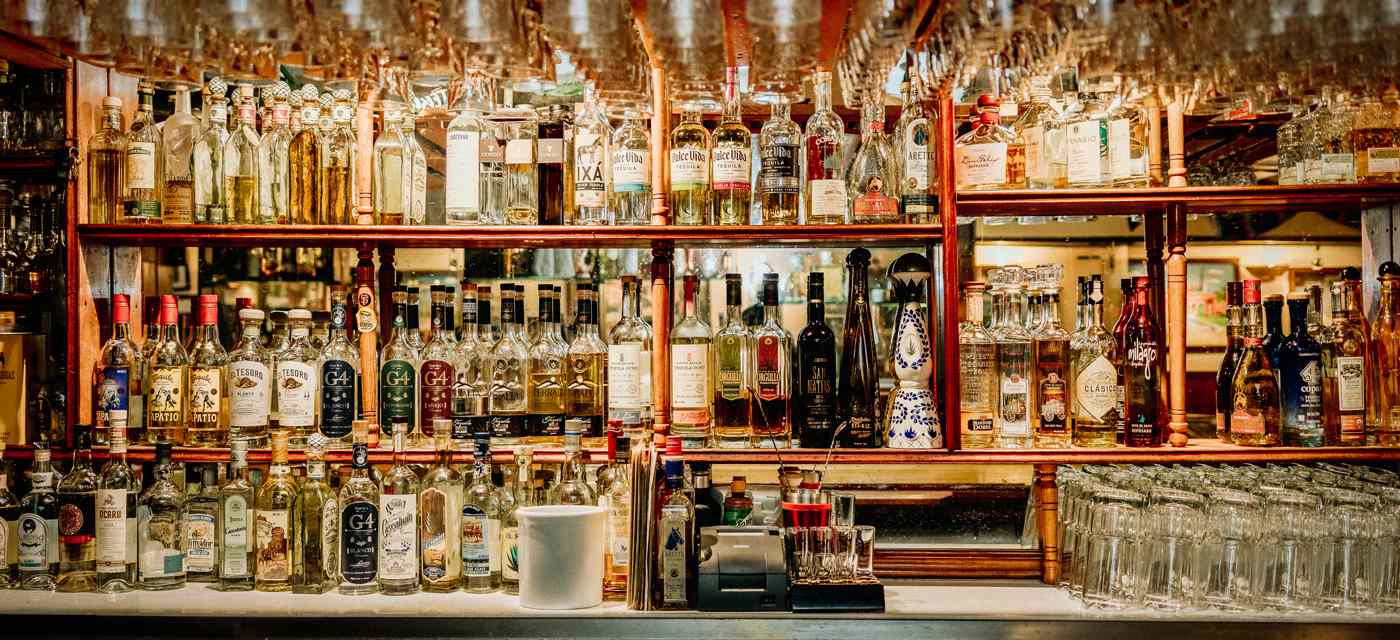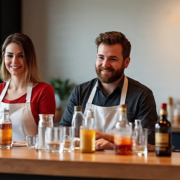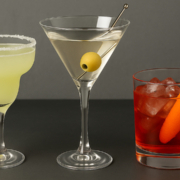Tequila 101

Julio Bermejo Tommy’s Bar
Tequila isn’t just a drink, it’s a tradition. Distilled from the blue agave plant in Mexico, it carries centuries of history, craftsmanship, and regional pride in every sip. Whether you’re training to be a bartender or simply curious about this iconic spirit, here’s your introduction to what makes tequila special, how it’s made, and how to serve it right.
What Is Tequila?
Tequila is a distilled spirit made specifically from the blue Weber agave (Agave tequilana). By Mexican law, it can only be produced in designated regions, primarily in the state of Jalisco and select municipalities in four other states. Like Champagne in France or Scotch in Scotland, tequila’s name is legally protected.
How Is Tequila Made?
- Harvesting (Jimado): The agave plants mature for 6–8 years (or more!). Skilled workers called jimadores harvest them by removing the spiky leaves to reveal the piña, the core of the plant.
- Cooking: The piñas are cooked in ovens or autoclaves to convert their starches into fermentable sugars.
- Extraction: The cooked piñas are crushed to release their sugary juice, called aguamiel.
- Fermentation: The juice ferments with yeast, turning sugars into alcohol.
- Distillation: Tequila is distilled at least twice to purify and concentrate it.
- Aging (optional): Depending on the style, tequila may be bottled immediately or aged in oak barrels for months or years.
Types of Tequila
There are five official categories:
- Blanco (Silver): Clear, unaged (or aged <2 months). Fresh, vibrant agave flavor.
- Joven (Gold): Typically a mix of blanco with aged tequilas or sometimes colored/flavored additives.
- Reposado: Aged 2–12 months in oak. Softer, with notes of vanilla, spice, and wood.
- Añejo: Aged 1–3 years. Richer, smoother, with deeper oak character.
- Extra Añejo: Aged over 3 years. Luxurious, complex, often sipped neat like fine cognac.
100% Agave vs. Mixto
Quality matters. Look for “100% Agave” on the label, it means all fermentable sugars come from blue agave. Mixto tequilas use at least 51% agave sugars but may include other sugars, resulting in a less pure flavor.
How to Serve Tequila
Forget the lime-and-salt “training wheels” for quality tequila! Here are better options:
- Neat: Best for tasting 100% agave tequilas, especially reposado, añejo, and extra añejo.
- On the rocks: Light dilution opens aromas.
- Tequila shots: Common for blanco or mixto, but less ideal for savoring premium bottles.
- Cocktails: Classics like the Margarita, Paloma, or Tequila Sunrise highlight tequila’s versatility.
Tequila Cocktails to Know
- Classic Margarita: 2 oz tequila, 1 oz Cointreau/triple sec, 1 oz fresh lime juice. Shake and serve on the rocks with a salted rim.
- Paloma: 2 oz tequila, grapefruit soda, lime juice, served over ice with a salted rim.
- Tequila Old Fashioned: Swap the bourbon for reposado or añejo tequila for a smoky, smooth twist.
Bartender Tips
- Know your brands and price points. Patrons often ask for recommendations.
- Always clarify: “Do you want it neat, on the rocks, or in a cocktail?”
- Suggest 100% agave for sipping or premium cocktails.
- Educate your guests, it adds value to their experience and your service.
Tequila is more than just a party staple. It’s a deeply rooted spirit with regional character, production artistry, and incredible variety. Mastering tequila knowledge is essential for any serious bartender, and one more way to impress your guests with your expertise behind the bar.
Ready to dive deeper? Enroll in our mixology program to refine your tequila skills (and many more)!










